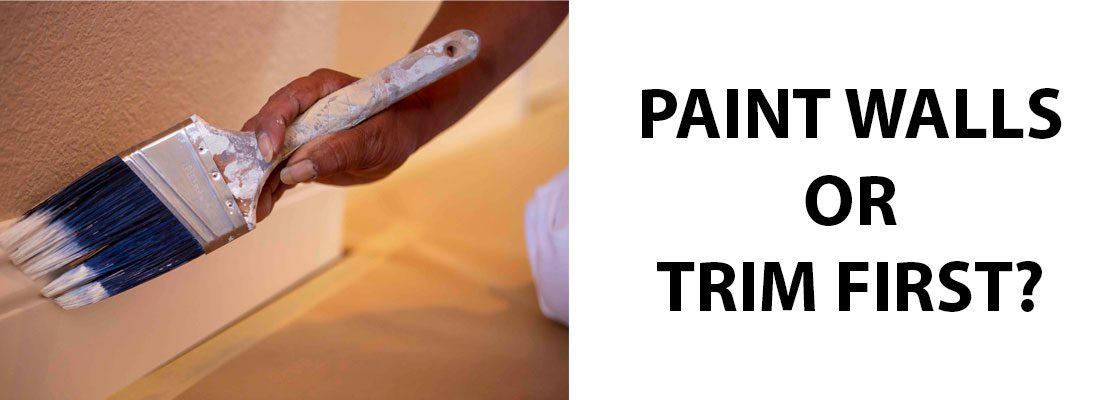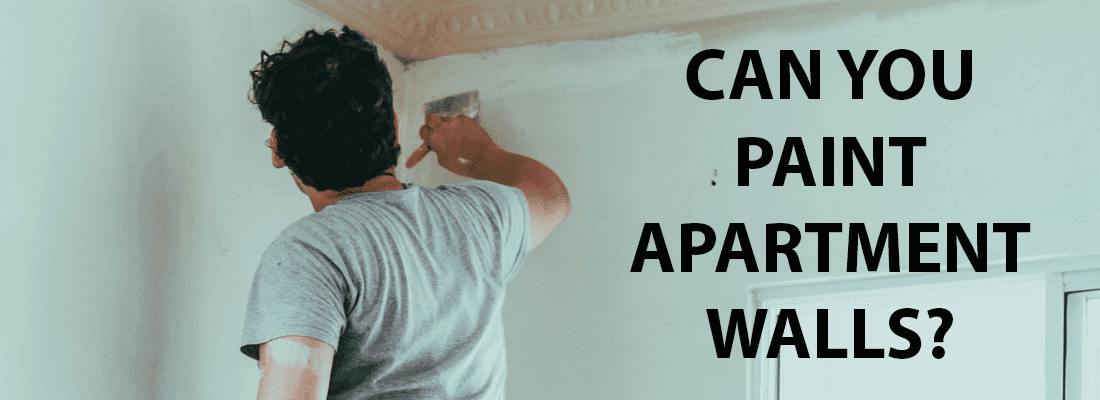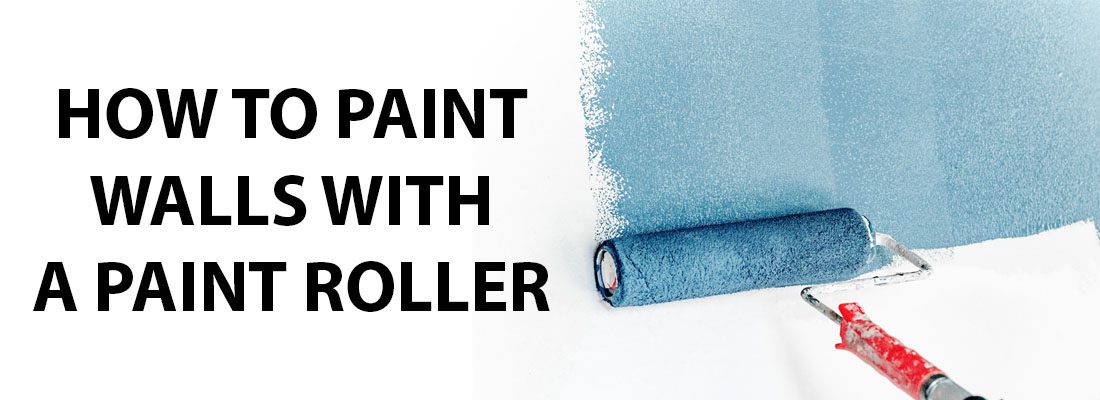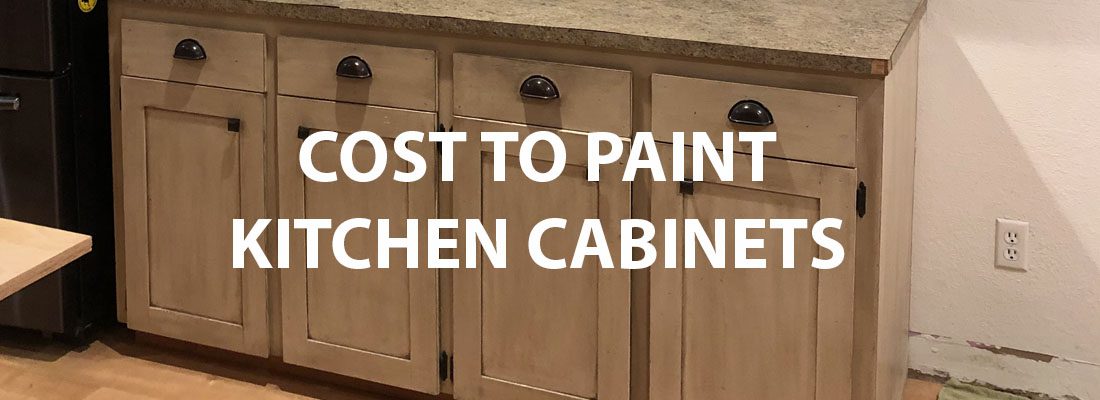Do you paint walls or trim first? It’s a classic question that many homeowners and DIY painters face when beginning a room makeover. The order you choose can impact not only the final look but also the ease of the project. Whether you’re aiming for crisp, clean lines or a faster paint job, understanding the pros and cons of each approach will help you get better results.
If you’re looking for professional painters in Boise, Boise Home Painting can help. Our team of professional contractors serves customers across the Treasure Valley, offering high-quality painting that lasts.
Should You Paint or Install Floors First?
Should You Paint Baseboards or Walls First?
Before painting a room, you might be asking, “Do you paint trim or walls first?” It’s a common question, especially if it’s your first time tackling a painting project. If your baseboards are already in good shape, just tape them off and paint the walls. But if they need to be painted, most pros recommend painting the trim first because:
- It’s easier to tape off trim than walls. Once the trim is dry, you can easily tape along the crisp edge of trim to protect it while painting the walls.
- There’s less risk of smudging finished walls. If you paint the walls first, you risk accidental smudges while painting the trim.
- Trim usually needs more precision, so it’s better to focus on that with a clean slate.
- Baseboards often need more prep. You can patch, sand, and prime them without worrying about damaging freshly painted walls.
Once the trim dries completely (ideally 24 hours), you can tape it off and paint the walls. This will give you the cleanest lines while avoiding the need for constant touch-ups.
Pros and Cons of Painting Trim First
While every method has its pros and cons, most professionals start by painting the trim first. The benefits of this include:
- Cleaner, sharper lines: It’s easier to tape along the straight edge of the trim after it’s painted and dried, which results in crisp lines where the trim meets the wall.
- Faster wall painting: Once the trim is done and taped off, you can roll the walls quickly without worrying about precision near the baseboards or moldings.
- Less risk of drips: Painting the trim first avoids accidentally dripping trim paint on fresh walls.
- Allows for proper trim prep: Trim often needs filling, sanding, and priming, which can be messy. Doing this first allows you to properly prep the trim without damaging painted walls.
While painting the trim first is what most professionals prefer, there are a few downsides, including:
- Requires more patience: You need to wait for the trim to dry completely–usually at least 24 hours–before taping it off and painting the walls.
- Risk of scuffing trim: While painting walls, especially in tight corners, it’s still possible to bump into the trim, which will require touch-ups.
- Can be more noticeable: If you rush or use low-quality tape, uneven lines along the trim can stand out more when walls are painted last.
Pros and Cons of Painting the Walls First
While most pros recommend painting the trim first, there are some benefits to starting with the walls, including:
- Faster start: You can roll out the walls immediately without worrying about damaging finished trim.
- More forgiving for DIYers: If you’re new to painting, starting with walls lets you focus on broad strokes without worrying about tight corners.
- Touch-ups: If you accidentally get wall paint on the trim, it’s not a big deal. You’ll be painting the trim last, so any drips will get covered.
Some of the disadvantages of starting with the walls first include:
- Harder to get crisp lines: Painting the trim after the walls often requires careful hand-brushing or precise taping, which can be tricky. Your lines may not be as crisp.
- Risk of smudging the walls: When painting the trim last, it’s easy to accidentally brush onto your finished wall surfaces.
- Taping walls can be tricky: Protecting the walls while painting can be harder than taping off trim first. Walls aren’t always perfectly straight or smooth at the edges.
How to Paint a Room
Supplies you’ll need:
- Drop cloths or plastic sheeting
- Painter’s tape
- Paint
- Primer (if needed)
- Paint roller
- Angled brush for cutting in
- Paint tray and liners
- Sandpaper or sanding block
- Putty knife and patching compound
- Ladder or step stool
- Damp rags for cleanup
Step 1: Prepare the Room
Start by moving furniture to the center of the room, or out of the way completely. Cover floors and furniture with drop cloths, and remove outlet covers and light switch plates. Clean the walls with a damp cloth to remove dust and grime. Fill holes or cracks with spackle. Once dry, sand it smooth.
Step 2: Paint the Trim
Paint the trim and baseboards, using a paint with a semi-gloss finish. This will last longer against accidental kicks and bumps and is easier to clean. Once the paint has dried for at least 24 hours, apply painter’s tape along the trim, baseboards, window frames, and fixtures. Press the tape firmly to prevent bleeding.
Step 3: Paint the Ceiling
After you paint the trim, many professionals recommend painting the ceiling. This will help you avoid drips and splatters from on your freshly painted walls. Plus, you can work on the ceiling while the trim is still drying. Start by cutting in along the edges of the ceiling. Use a ⅜ in nap roller and flat paint to paint the ceiling, rolling in the same direction. Roll in the opposite direction for a second coat.
Step 4: Cut In the Edges
Use an angled brush to carefully paint along ceilings, corners, trim, and baseboards. This step is called “cutting in.” It creates a border for easy rolling. Work in sections so the edges stay wet as you roll.
Step 5: Paint the walls
Pour paint into a tray and load the roller evenly. Maintain a wet edge to avoid lap marks. Two coats are standard for even coverage, but make sure you wait the recommended drying time between coats, usually 2 to 4 hours for water-based paints and at least 24 hours for oil-based paints.
Touch up any missed spots or thin areas as needed. For cleaner lines, remove the painter’s tape carefully while the paint is still slightly tacky.
Step 6: Clean up
Once you’ve finished the room, wash brushes and rollers immediately. Dried paint can be difficult to remove. Water-based paints can be cleaned with water, but you’ll need a solvent like turpentine or paint thinner to clean oil-based paints from your brushes. When the paint is completely dry, you can reattach outlet covers, switch plates, and hardware.
How to Paint Trim Once the Walls Have Been Painted
If the walls have already been painted, wait until they’ve had a chance to dry for at least 24 hours. Then, start by cleaning the trim. Wipe it down to remove dust, dirt, or oils. Clean surfaces allow the paint to stick better. Once the trim is all clean, carefully tape where the trim meets the wall, and press down firmly.
Lay down drop cloths or plastic to protect the floor from drips. Then, using a high-quality angled brush, paint the trim. Load the brush lightly so the paint doesn’t drip. Start with long, smooth strokes, working along the edges and corners. Paint in the direction of the trim grain. When finished, pull the tape while the paint is still slightly wet.
How to Paint Walls
Nothing is more frustrating than spending your time painting only to have ugly lap marks or drips left behind. Luckily, there are some tricks you can use for a better result. First of all, don’t overload your roller. Thin, even coats work best and dry more quickly. To avoid lap marks, maintain a wet edge. This means overlapping the previous stroke with the current one while still wet.
When you can’t maintain a wet edge, feathering out the edges with thin strokes and a nearly-dry roller can help you avoid the dreaded lap marks. Once you reload the roller, start by painting the feathered edges.
How to Get Clean Lines
Clean edges are not just for the professionals. If you want clean lines on your DIY paint project, follow these tips:
- Use high-quality painter’s tape. Go for brands like FrogTape, which has special paint-blocking technology, or 3M ScotchBlue. Avoid cheap tape, which doesn’t seal well.
- Prep the surface properly. Make sure walls and trim are clean and dry. Dust and grease can stop the tape from sticking.
- Press the tape firmly along the edge. Use a putty knife or fingernail to seal it tightly.
- Use the “Sealing the Tape” trick. After applying the tape, paint along the tape edge with the same color as the base wall or trim. Let that coat dry before painting your final color. Any paint that bleeds will match the base color.
- Paint carefully along edges. Don’t overload your brush or roller near the taped area. Use smooth, even strokes.
- Remove the tape at the right time, while the paint is still slightly wet. Pull it back at a 45-degree angle for a sharp, clean edge. If the paint has fully dried, lightly score the edge with a utility knife before removing.
Should You Use Primer?
Primer is a coating applied before painting, but is it necessary? Not always. If you’re working on bare or new surfaces like drywall or wood, you’ll need a primer to seal the surface so the paint absorbs evenly. If you’re painting over a stained or dark wall, primer can help block the color from showing through. Additionally, high-moisture areas like bathrooms, kitchens, or basements can benefit from a moisture-resistant primer to prevent mold and peeling.
However, you might not need a primer if:
- Your walls are in good condition.
- You’re using a similar color.
- You’re using a product with paint and primer in one.
- You’re just touching up or doing a small project.
Where to Buy Paint Supplies in Boise
Looking to buy paint supplies in Boise? Check out these quality painting supply stores that will have everything you need:
- Sherwin-Williams: 7160 Fairview Ave., Boise, ID 83704
- Sherwin-Williams offers expert color matching, paint samples, and both residential and professional-grade products.
- Miller Paint: 7440 W Lemhi St, Boise, ID 83709
- A regional PNW brand with a Boise branch, Miller Paint offers premium interior and exterior paints.
- Paint Life Supply Co.: 4618 W State St., Boise, ID 83703
- Paint Life Supply Co. is a painter-focused store with quality tools, expert advice, and resources for both pros and DIYers.
Conclusion
So do you paint walls or trim first? The answer depends on who you’re talking to, but most experts agree that it’s best to paint your trim first.
If you’re looking for expert painters in the Treasure Valley, Boise Home Painting is here to help. We offer interior and exterior painting services for customers in Boise and the surrounding areas. We serve the entire area with exterior and interior painting for both residential and industrial spaces, including Meridian, Nampa, and Eagle. We also do epoxy flooring. Contact us today for an estimate!





